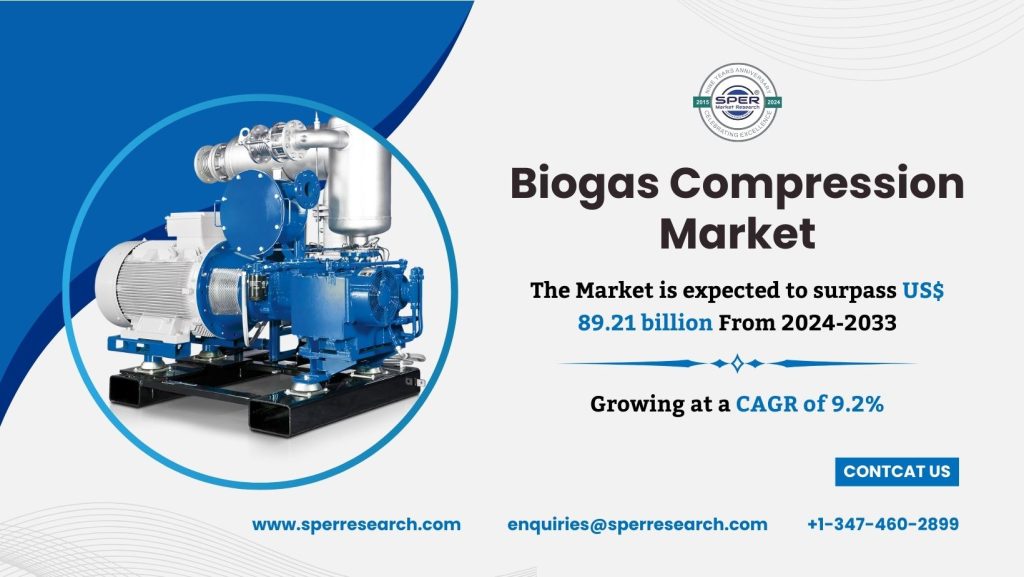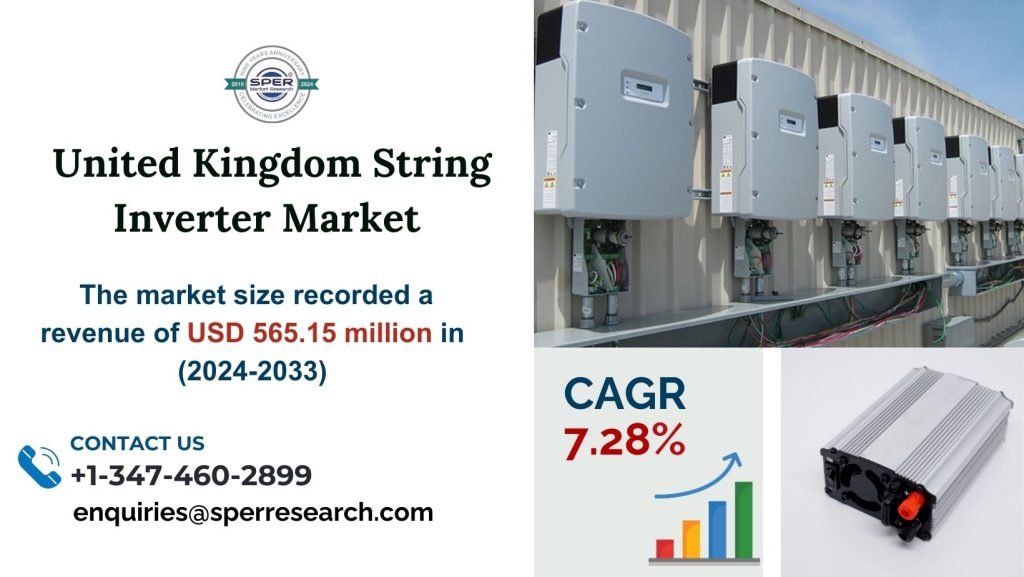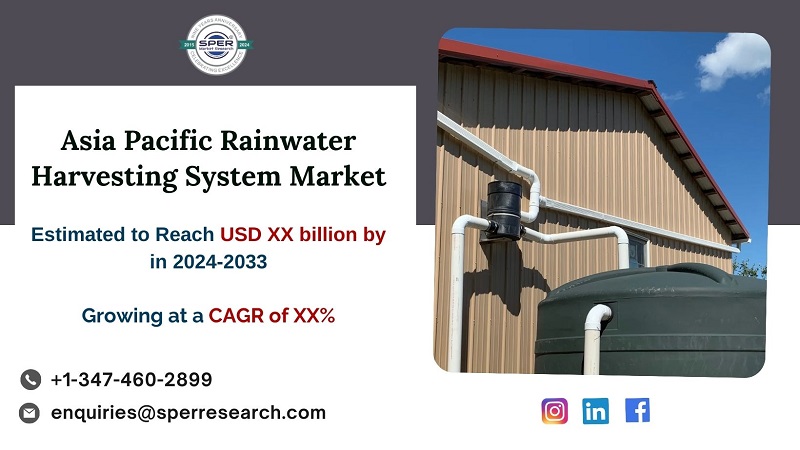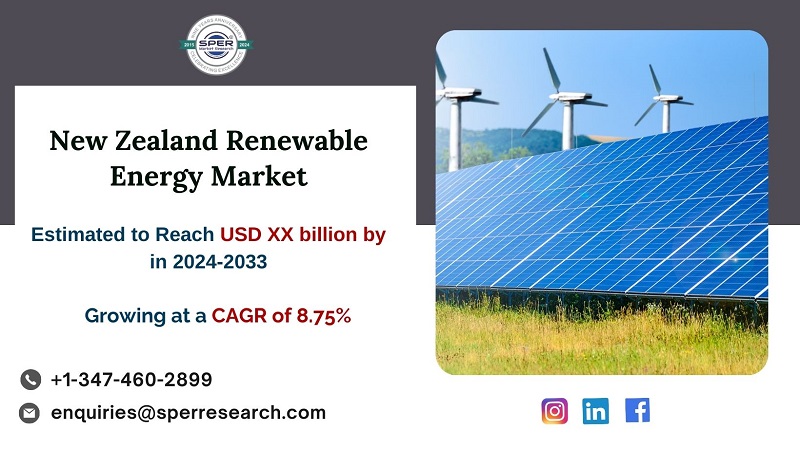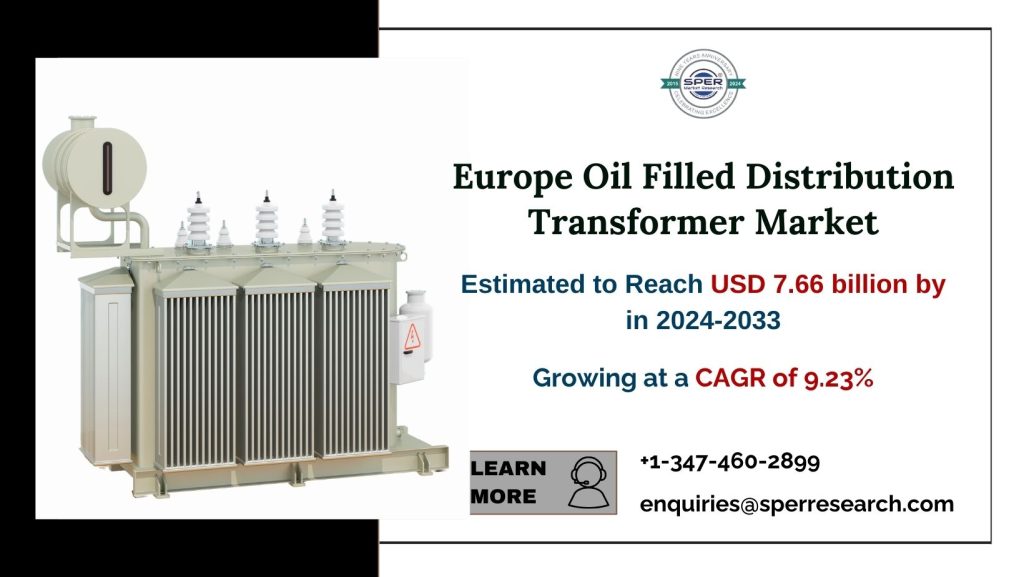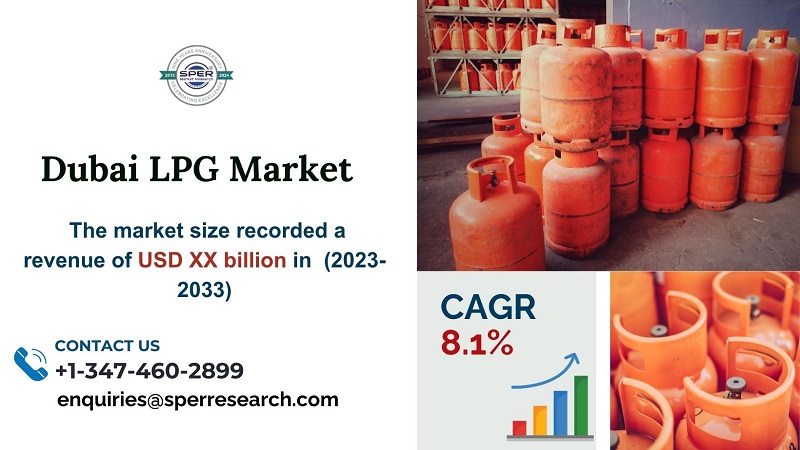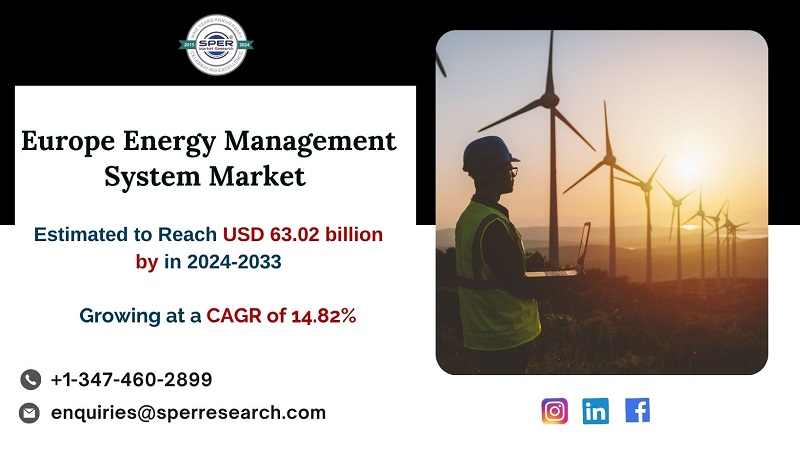The technique of compressing biogas, which is created when organic materials like sewage, food scraps, and agricultural waste are broken down anaerobically, is known as biogas compression. Through this process, biogas’s energy density is increased, making it simpler to store, transport, and use for a variety of purposes, including the production of power, heating, and fuel for vehicles. The process of turning biogas into biomethane, a refined version of biogas that satisfies requirements for natural gas quality, requires compression. Compressors for biogas are made to withstand the special qualities of biogas, such as its fluctuating moisture content and composition. Biogas compression is essential for optimizing the effectiveness and sustainability of biogas as a sustainable energy source as interest in renewable energy sources rises.
According to SPER Market Research, ‘Biogas Compression Market Size- By Application, By Feedstock, By Type- Regional Outlook, Competitive Strategies and Segment Forecast to 2033’ states that the Biogas Compression Market is estimated to reach USD 2.74 billion by 2033 with a CAGR of 6.29%.
Drivers: Numerous variables influence the biogas compression industry. Interest in biogas as a sustainable energy option has increased due to the growing worldwide demand for renewable energy sources and initiatives to cut greenhouse gas emissions. Investments in biogas technology, such as compression systems, are encouraged by government incentives and subsidies for renewable energy projects. The increased emphasis on recycling and waste management, especially in the agricultural and municipal sectors, increases the generation of biogas and calls for effective compression techniques. Furthermore, improvements in compression technology boost the dependability and efficiency of biogas systems, increasing their appeal to operators. The need for biogas compression is growing, driven by industry efforts to achieve sustainability targets.
Restraints: There are many obstacles that the biogas compression market must overcome to continue growing. Variability in the composition of biogas is one major problem that might impact compression system performance and efficiency. Furthermore, methane compression equipment might have substantial upfront capital expenses, which puts smaller operators and projects at a disadvantage. The commercial adoption of biogas technologies may also be slowed by potential consumers’ lack of knowledge and comprehension of them. A further obstacle to the widespread use of biogas compression is competition from other energy sources like natural gas and other renewables. In conclusion, investors and market operators may experience uncertainty due to regulatory and environmental issues around the production and utilization of biogas.
Request For Free Sample Report @ https://www.sperresearch.com/report-store/biogas-compression-market.aspx?sample=1
Impact of COVID-19 on Global Biogas Compression Market
The COVID-19 epidemic caused supply chain disruptions that delayed the production and installation of equipment, which influenced the biogas compression business. Lockdowns and other limitations made it more difficult to create and implement projects, especially in industries that are essential to the generation of biogas, such waste management and agriculture. But the epidemic also brought attention to the significance of sustainable energy options, raising interest in and knowledge of biogas as a renewable resource. Green technologies are receiving more attention as economies grow again, and companies and governments are realizing how important biogas is to reaching sustainability objectives. After the pandemic, this change could result in more investments in biogas compression technology.
Biogas Compression Market Key Players:
North America dominates the Biogas Compression Market, driven by the increasing adoption of renewable energy sources and supportive government policies promoting biogas as a sustainable alternative. Major players in the market are Aerzen, Avelair, Bauer Compressors INC, Biokomp Srl, Chicgo Pneumatic, DBS Engineering Services, Others.
For More Information, refer to below link: –
Biogas Compression Market Demand
Related Reports:
Follow Us –
LinkedIn | Instagram | Facebook | Twitter
Contact Us:
Sara Lopes, Business Consultant — USA
SPER Market Research
+1–347–460–2899
